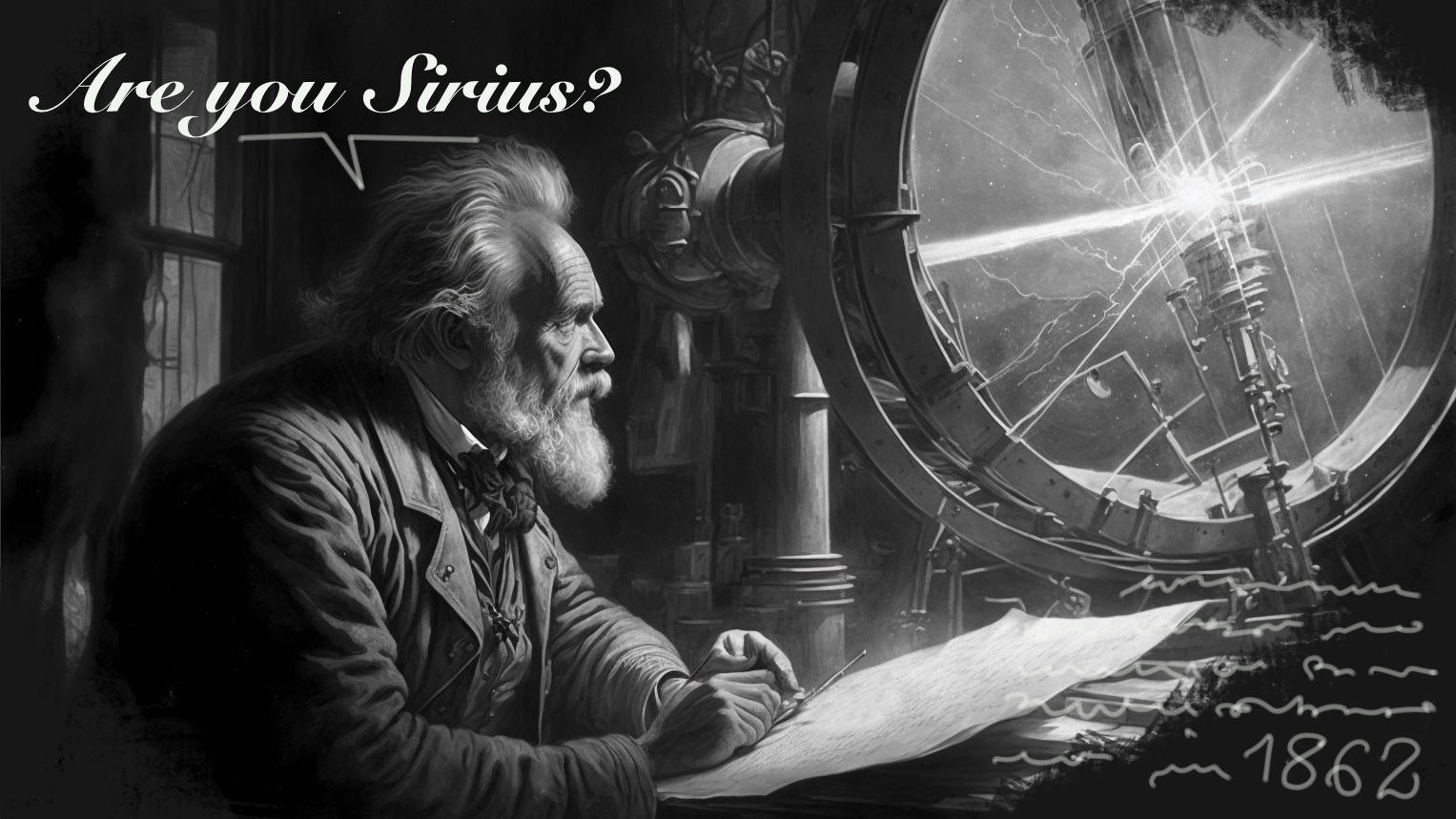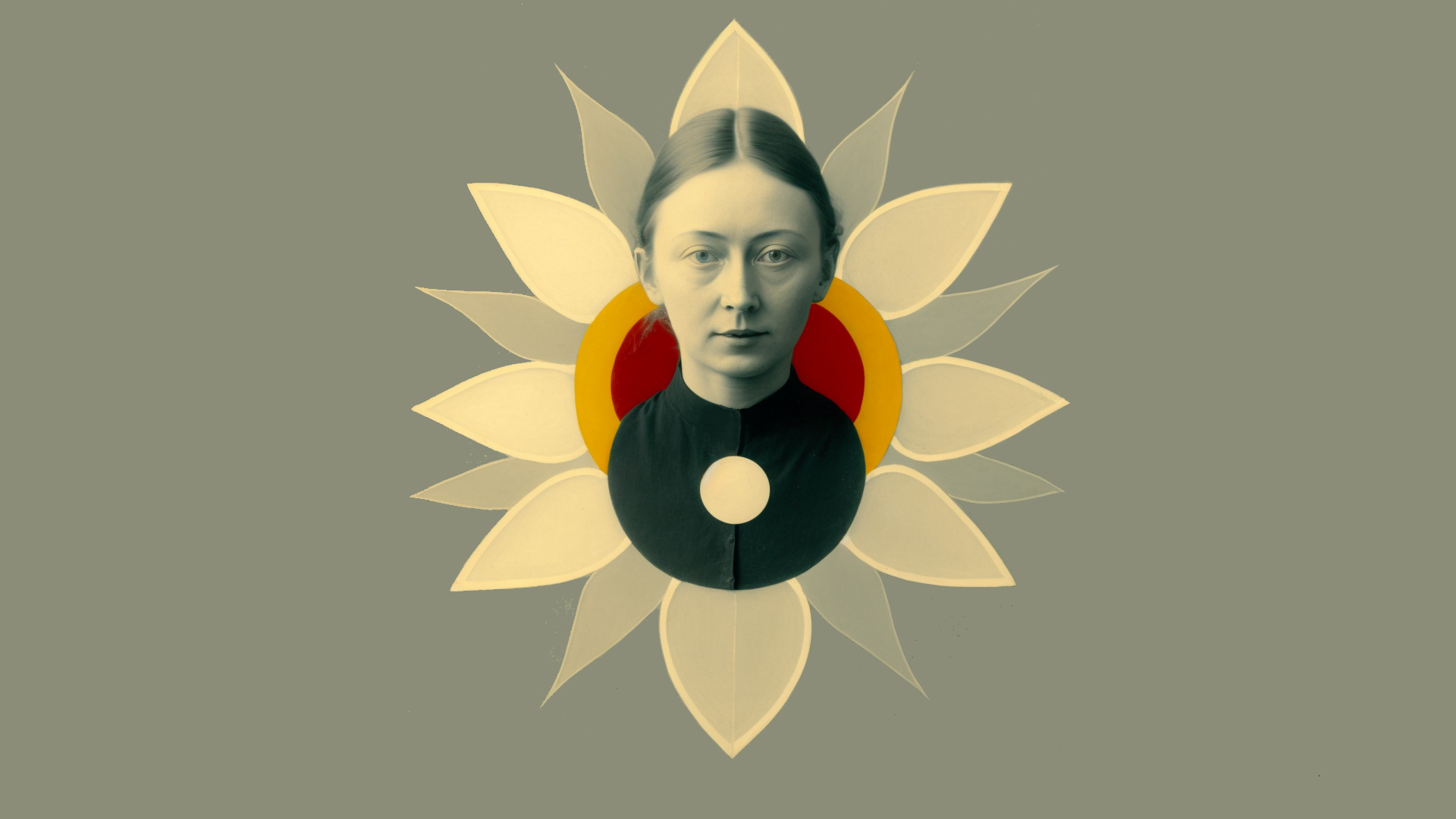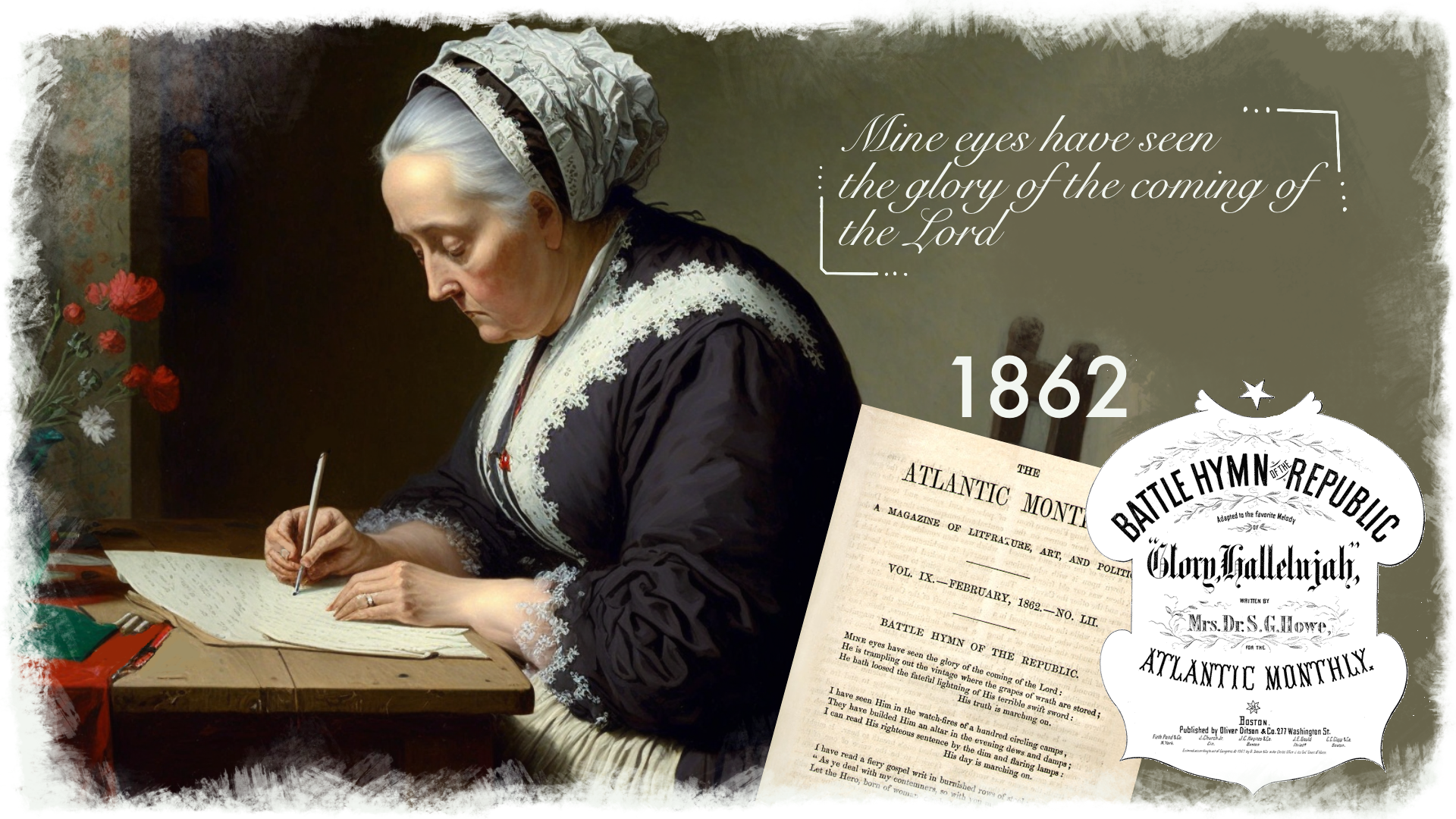The publication of “The Battle Hymn of the Republic” by Julia Ward Howe was a significant event in the history of the American Civil War. The poem was first published in the February 1862 issue of the Atlantic Monthly and quickly became a popular and influential anthem for the Union army.
Julia Ward Howe was a prominent abolitionist and writer, and she wrote “The Battle Hymn of the Republic” as a response to the outbreak of the Civil War and the growing conflict between the North and the South. The poem is a powerful call to arms, urging the North to fight for freedom and justice and to defeat the forces of slavery and oppression.
“The Battle Hymn of the Republic” was quickly embraced by the Union army, and its lyrics were set to the tune of the popular gospel song “John Brown’s Body.” The song became a popular marching tune for the Union army, and its powerful lyrics and rousing melody helped to inspire and motivate soldiers as they fought to preserve the Union and defeat the Confederacy.
Today, “The Battle Hymn of the Republic” is still remembered as one of the most iconic and memorable songs of the American Civil War, and it remains a symbol of the sacrifices and bravery of the soldiers who fought to preserve the Union and to abolish slavery in America.
“I went to bed that night as usual, and slept, according to my wont, quite soundly. I awoke in the gray of the morning twilight; and as I lay waiting for the dawn, the long lines of the desired poem began to twine themselves in my mind. Having thought out all the stanzas, I said to myself, “I must get up and write these verses down, lest I fall asleep again and forget them.”
— Julia Ward Howe
Meanwhile…
EVENT CARD

Alvan Graham Clark makes the first observation of Sirius B, a white dwarf star, through an eighteen-inch telescope at Northwestern University.
It happened on 31 January, 1862
The observation of Sirius B, also known as the Pup, is significant because it was the first evidence of the existence of a white dwarf star. In 1862, Sirius B was discovered by astronomers Alvan Graham Clark and his son, William Clark, while observing Sirius A, the brightest star in the night sky. They noticed a faint companion star near Sirius A and later determined it was a white dwarf, a type of star that is incredibly dense and has exhausted its fuel for nuclear fusion. The discovery of Sirius B confirmed the theoretical predictions about the nature of white dwarfs and opened up new avenues for the study of stellar evolution and the structure of stars. Today, the observation of Sirius B remains a cornerstone of astronomical research and continues to be studied in detail. Meanwhile… Featuring: Alvan Graham Clark. (more...)
9 months later was born…

born on May 27, 1819
Julia Ward Howe
American author and poet, known for writing the
born on October 26, 1862
